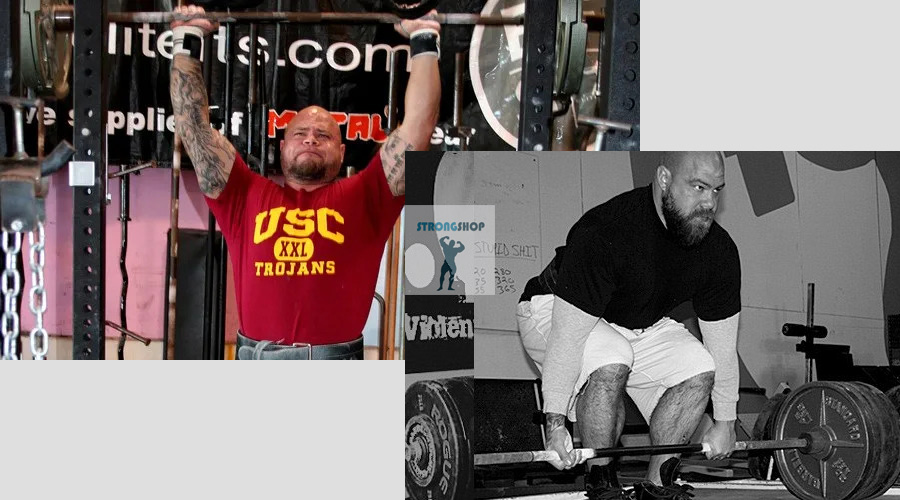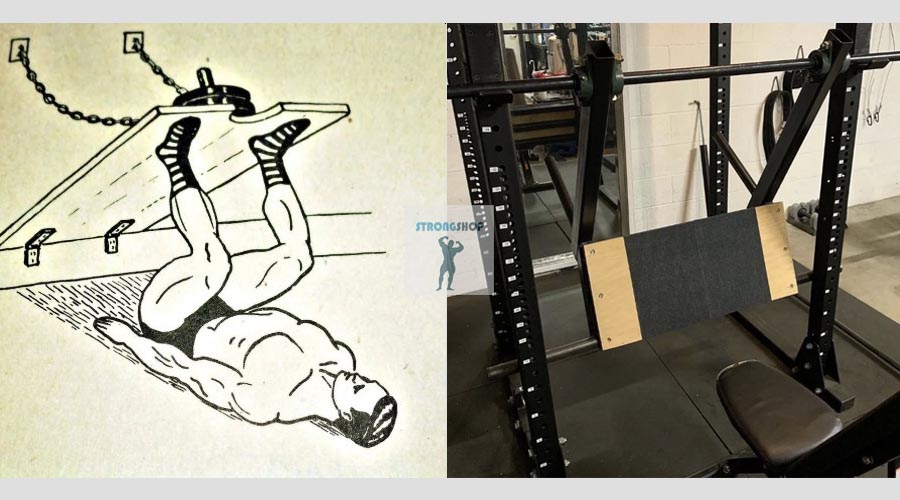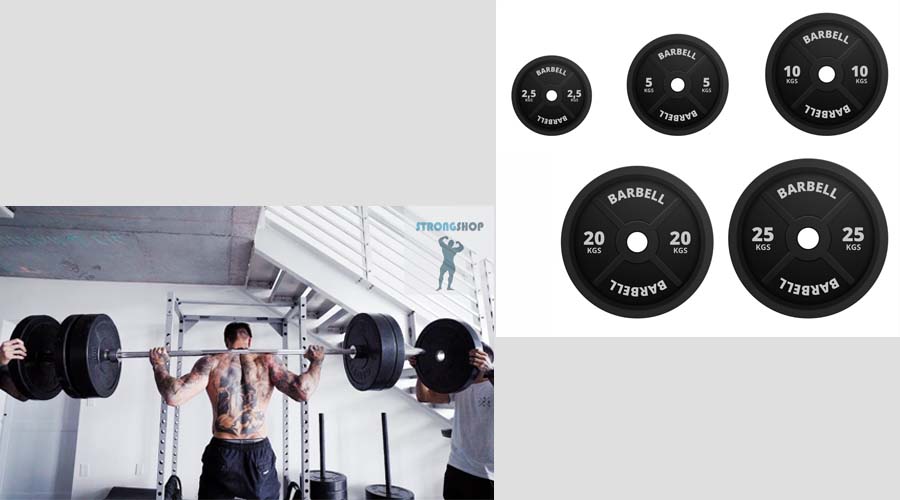Combining strength and endurance training is a challenge I’ve faced for many years, ever since I started working out.
It has also become a significant part of my professional career as a coach—from working in the UK to my coaching practice at a London high school.
Below are conclusions based on my experience and observations of others. Some of these ideas may seem unusual and even hurt your ego.
Accept it. Reality is often far from what you see on the internet, and this applies to training as well. What looks “real” in videos often doesn’t reflect the truth.
If your experience differs from mine, that’s okay. It doesn’t mean one of us is wrong. Everyone has their own path.
It’s essential to understand that endurance is the ability to be in good shape and ready to push back. However, if you’re overweight, out of shape, or haven’t trained in a while, the rules below still apply.
Key Recommendations from Wendler
- Poor physical condition limits progress. If your current state is far from ideal, your strength metrics will be lower. Accept it.
- Professional duties outweigh numbers. For police officers, firefighters, or military personnel: if you struggle to balance barbell training and recovery, remember—performance on the job is more important.
- Lower-body training volume. Young athletes should limit themselves to no more than two main exercises per week, while older ones should stick to one. This approach is designed for the long term.
- Reduce your training max. The lower the working weight, the more consistent your progress, and the lower the likelihood of hitting a plateau.
- Focus on outcomes, not numbers. Training should not leave you feeling completely drained.
- Training routine. Strength sessions: 2-3 times per week, conditioning: 2-4 times per week. How you distribute them depends on your lifestyle. Don’t wait for the “perfect” setup.
- Additional lower-body exercises. If you need more volume, use supplementary exercises.
- Train with effort. If you can’t give your all to three exercises, your effort isn’t sufficient. Balancing intensity and recovery is crucial.
- Recovery is key to progress. If you constantly feel bad, you’re doing something wrong. Train in a way that allows your body to recover. Forget old methods and focus on what works for you now.
- Variety in training. There is no single “correct” method. Jogging, HIIT, Zone 1 or Zone 2 training—they all have their place. If you’re not preparing for something specific, experiment with different approaches.
Patience is Key
Remember, achieving results takes time and consistency. If you’ve been out of shape for a long time, don’t expect changes in three weeks.
Be honest with yourself and patient—progress will come if you focus on the process and a realistic perspective.
Conclusions
Jim’s advice, as always, hits the mark. And he also has a fantastic and versatile system 531. I highly recommend it.






